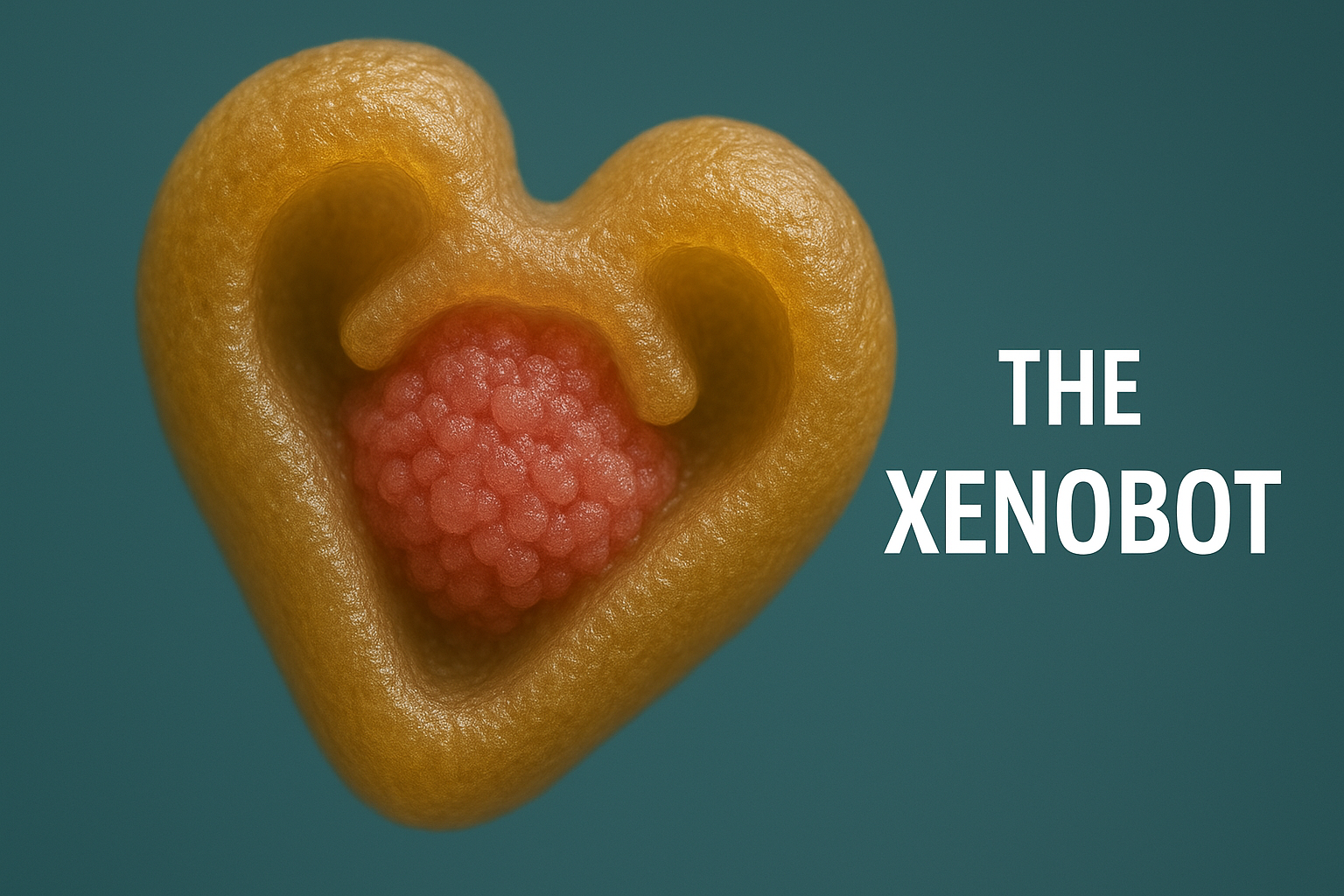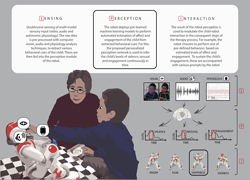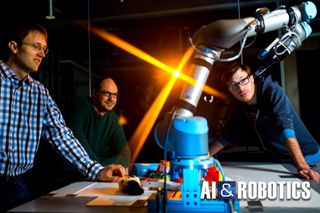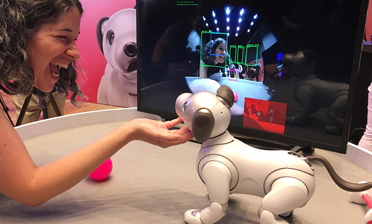Xenobots: The Dawn of Living Robots
Xenobots: The Dawn of Living Robots | July 22, 2025
What Are Xenobots? Xenobots are living, programmable organisms built from frog cells—specifically from Xenopus laevis (hence the name). Using stem cells, skin cells, and heart or cilia-forming cells, scientists assemble tiny biological machines with no electronics, powered entirely by cellular processes. They can move, heal themselves, carry objects, record stimuli, and even self-replicate.
How They Work: Cell-driven movement: Early versions used contracting heart muscle cells; newer versions grow cilia (tiny hair-like structures) that propel them. Computer-designed shape: Evolutionary algorithms simulate countless designs to identify shapes that achieve desired behaviors, then labs build them. Memory and sensing: Xenobots can be engineered with RNA-based fluorescent markers to “remember” exposure to stimuli like light, pollution, or toxins. Self-repair & replication: Slice one in half, and the pieces heal and reform. Groups can collect loose cells and assemble them into new xenobots. YouTube
Why People Should Care — Today
(1.) Targeted drug delivery These could swim through bodies, release medicine at specific cells (like tumors), and biodegrade without invasive surgery. (2.) Environmental cleanup Small, biodegradable bots could remove microplastics, oil, or toxins from water and soil—working where metal robots can’t. (3.) Self-healing micro-machines They regenerate themselves and could evolve into soft, living replacements for damaged tissues or implants. (4.) Synthetic life & biology insight They provide a model to understand how cells cooperate to build tissues and organisms, advancing regenerative medicine
Super High Res Picture of Xenobot
Risks & Ethical Considerations Environmental safety: These living machines degrade within about 7–10 days, but escape or unintended replication could pose ecological concerns. Wikipedia Ethics & oversight: We must decide whether living robots deserve special regulation or protections as they grow more complex. Dual-use worries: Their programmability raises potential for malicious use, though currently it’s purely lab-based.
What’s Coming Next? Biologists and engineers are hustling to: Improve longevity and robustness beyond a couple of weeks. Enhance precision in motion and functionality. Combine biological sensors with programmed behaviors. Begin regulated testing in controlled environments. While practical deployment is still years off, xenobots are already a powerful tool for exploring synthetic life, tissue behavior, and environmental design.
Bottom Line Xenobots represent a genuine paradigm shift: living constructs that merge bioengineering with robotics. They're not science fiction—they're here, and they challenge what we consider "machine" or "animal." But don’t expect them outside the lab anytime soon. For now, they're invaluable scientific tools with a potential future role in medicine and environmental science.
— Timothy Wolfram (@Morpheus0088) July 26, 2025 |




